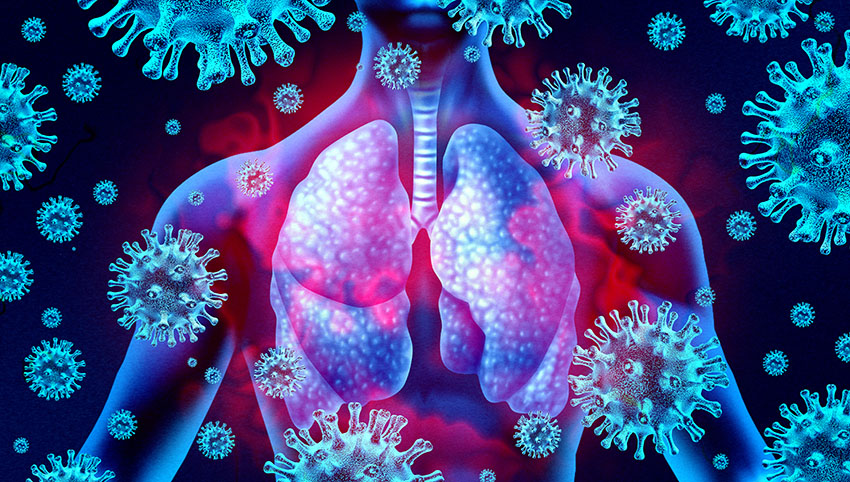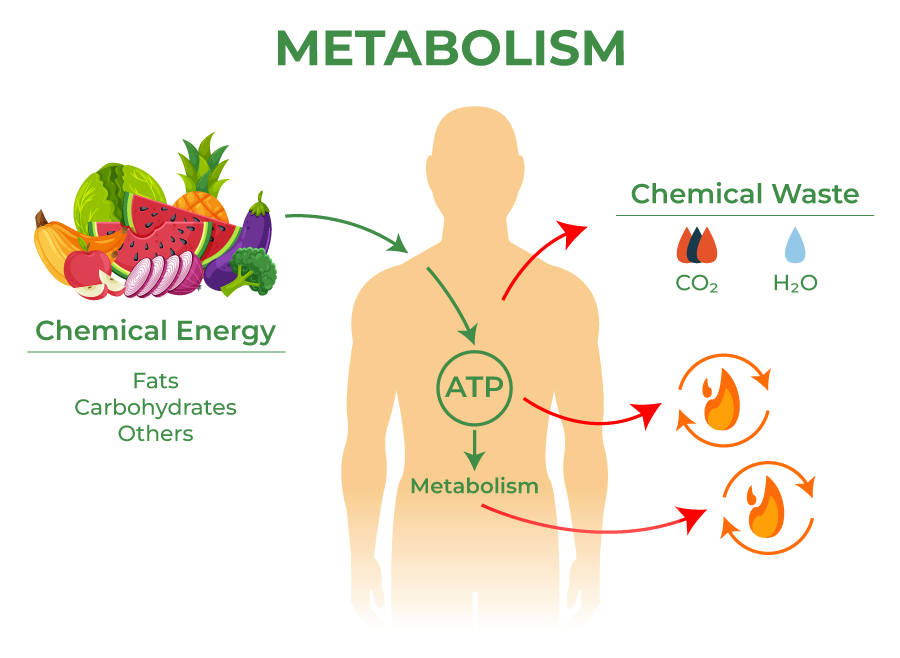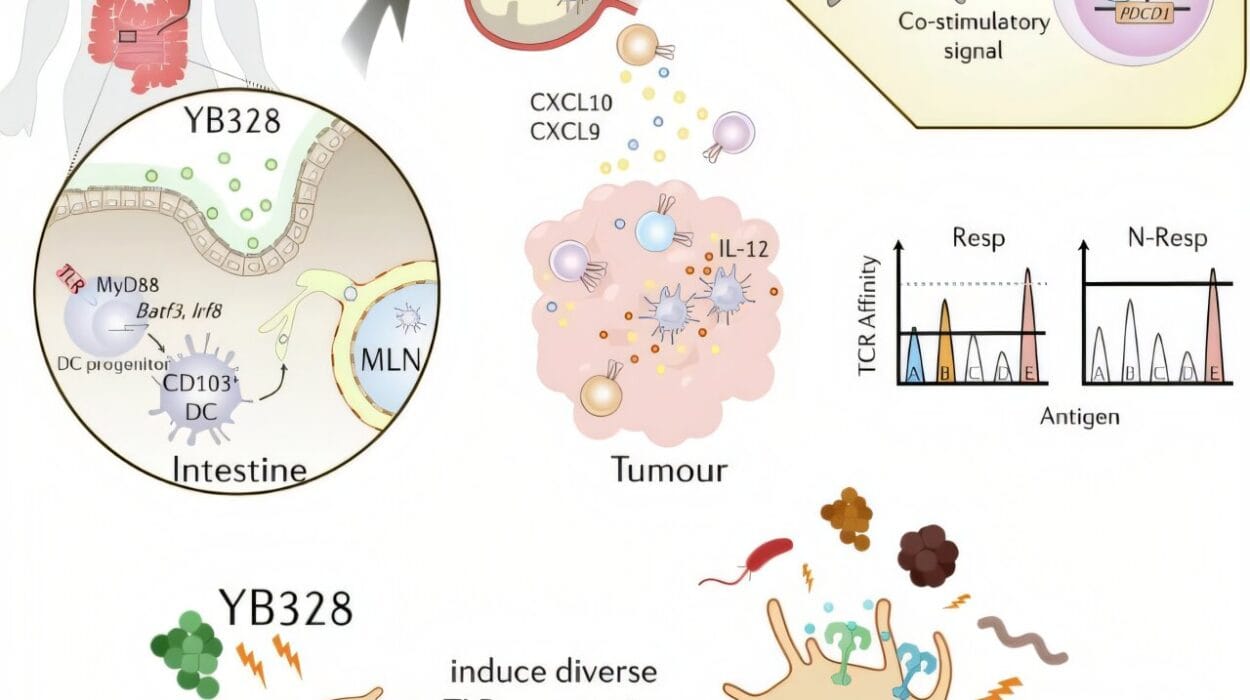In the grand narrative of human civilization, no force—natural or manmade—has disrupted, reshaped, or humbled us as completely as disease. Long before the atom was split or rockets touched the Moon, invisible pathogens were already crisscrossing continents, toppling empires, and redrawing the boundaries of life. From the Black Death to COVID-19, history shows that the arc of human destiny has often bent not with the sword, but with a sneeze.
What makes disease so potent is not only its ability to destroy, but to move. A single pathogen replicating inside a single cell can, given the right conditions, ignite a chain reaction that stretches across nations and generations. Understanding how disease spreads—from that first fateful infection to full-blown pandemic—is essential not only to fighting outbreaks but to understanding the delicate biological threads that bind us all.
Patient Zero: The Spark in the Tinderbox
Every pandemic has a ground zero—a first human who unwittingly becomes host to a novel pathogen. This individual, often referred to as “Patient Zero,” isn’t always the source of the disease, but rather the first person in whom its spread becomes detectable. They are the spark in the dry brush, the match dropped in the forest.
Sometimes, identifying Patient Zero is like following breadcrumbs through a fog. The 1980s HIV/AIDS crisis offers a famous and controversial example. The French-Canadian flight attendant Gaëtan Dugas was long dubbed “Patient Zero” based on early cluster studies, but later genetic analyses showed that HIV was circulating globally years before his infection. He was not the origin, but a node in a vast, unseen network already ablaze.
What matters more than identifying Patient Zero is understanding the mechanisms that transform an isolated infection into a public health crisis. It often begins with a spillover event—a moment when a pathogen jumps from one species to another, a phenomenon known as zoonosis. This leap is facilitated by proximity, mutation, and luck. A virus that once infected only fruit bats may acquire a mutation that lets it bind to receptors in human lung tissue. Suddenly, the species barrier dissolves.
Ebola, HIV, SARS, and COVID-19 all emerged from zoonotic transmissions. With global population growth, environmental encroachment, and wildlife trade, such events are becoming more common. Each new infection carries with it the terrifying potential to be the next tipping point.
The Microbial Arsenal: How Pathogens Travel
Pathogens—whether viruses, bacteria, parasites, or fungi—are resourceful invaders. They have evolved a dazzling array of strategies to move from one host to another, each exploiting the biology and behavior of humans with chilling efficiency.
Airborne pathogens are among the most dangerous, leveraging every cough, sneeze, or exhaled breath. The common cold, influenza, measles, and SARS-CoV-2 (the virus behind COVID-19) spread via microscopic droplets or aerosols. These particles can linger in the air, particularly in poorly ventilated spaces, making even a brief indoor interaction a high-risk encounter.
Others hitch a ride on hands, doorknobs, and shared surfaces, waiting patiently for a new host to touch their face. Fomite transmission, though less efficient, can still play a role in crowded settings like schools or offices.
Still others use bodily fluids as their vector. HIV, Ebola, and hepatitis B spread through blood, semen, and other secretions, limiting their reach but often increasing their lethality. Vector-borne diseases, like malaria and dengue fever, rely on intermediaries like mosquitoes to ferry pathogens from host to host. These diseases are tightly coupled to ecological and climatic factors, making them both seasonal and increasingly mobile in a warming world.
Some microbes even exploit our most human activities. Cholera rides the current of unclean drinking water. Typhoid clings to food left too long in the sun. Norovirus, the “cruise ship plague,” thrives in closed communities where hygiene breaks down. Each pathway is a route through our lives, and each pathogen maps those routes with ruthless precision.
Incubation and the Silent Spread
Perhaps the most dangerous phase of any outbreak is not its peak, but its silence. Most infectious diseases have an incubation period—a span of time between infection and the onset of symptoms. During this window, a person may feel perfectly healthy while shedding the virus into their environment. This silent spread makes containment extraordinarily difficult.
COVID-19, with its ability to transmit from asymptomatic individuals, highlighted the limitations of symptom-based screening. People boarded planes, visited family, went to work, and unknowingly became mobile launchpads for viral transmission. By the time hospitals began filling, the virus was already miles ahead.
The basic reproductive number, or R₀ (pronounced “R-naught”), helps quantify this spread. It represents the average number of new infections caused by one infected person in a fully susceptible population. Measles, one of the most contagious diseases known, has an R₀ as high as 18. COVID-19’s original strain had an R₀ around 2 to 3—modest by comparison, but high enough to spread rapidly without intervention.
Containment hinges on breaking chains of transmission, especially during the silent phase. That’s why early testing, isolation, and contact tracing are so critical. Once an outbreak outpaces these tools, the battle becomes far harder to win.
Superspreaders and Amplification Events
Disease spread isn’t always evenly distributed. In fact, a small fraction of individuals often causes the majority of secondary infections. These superspreaders are not necessarily more infectious biologically but find themselves in conditions ripe for maximum transmission—crowded gatherings, poor ventilation, or prolonged contact.
The 2003 SARS outbreak revealed how a single infected hotel guest in Hong Kong transmitted the virus to dozens of guests across multiple floors. These guests then boarded flights and returned home, seeding outbreaks in Toronto, Singapore, and Hanoi. One person. Global consequences.
COVID-19 had its own superspreading milestones—from choirs to call centers, weddings to meatpacking plants. These events act like accelerants, rapidly increasing the scale of transmission before public health can respond. Understanding the conditions that foster superspreading is crucial to risk reduction. Sometimes, avoiding a crowd is more effective than taking medication.
Globalization: The Virus Has a Passport
Before the 20th century, most epidemics moved at the speed of foot or ship. Today, a virus can cross the globe in less time than it takes to brew a cup of coffee. Our interconnected world—so efficient for trade and tourism—is also exquisitely suited for pathogens.
Air travel compresses geography. A person infected in a wet market in China can be walking through customs in New York or Milan before symptoms begin. Urban density multiplies contact opportunities, while international trade allows contaminated goods, animals, and even insects to travel unchecked.
This is not merely a theoretical danger—it is our lived reality. In 2009, H1N1 “swine flu” emerged in Mexico and reached more than 70 countries within weeks. COVID-19 followed a nearly identical arc, with initial containment in Wuhan proving futile against the gravitational pull of global mobility.
Outbreaks today are no longer local events; they are global in potential from the moment they begin. We live in a microbial agora—an open marketplace where ideas, goods, and germs trade freely.
The Tipping Point: When Epidemic Becomes Pandemic
Words matter in epidemiology. An epidemic refers to a localized outbreak that exceeds the expected baseline. A pandemic, by contrast, is an epidemic that has spread across multiple countries or continents, affecting a large number of people. The transition between the two is often blurred, and by the time health authorities label a crisis a “pandemic,” the horse has often long since left the barn.
What causes that tipping point is not just case numbers, but failure of containment. Once a disease establishes sustained community transmission across geographically diverse populations, and once travel bans and quarantines lose effectiveness, the situation escalates rapidly.
For COVID-19, that moment came in early 2020. Despite aggressive lockdowns in Wuhan, the virus had already seeded outbreaks in Iran, Italy, and the United States. The World Health Organization declared a pandemic on March 11, 2020—months after early alarms were raised by scientists and whistleblowers. The delay was partly political, partly semantic, but entirely consequential.
Pandemics are not just medical events; they are social, economic, and psychological earthquakes. They disrupt supply chains, overwhelm healthcare systems, incite panic and misinformation, and expose every fault line in a society. Their ripple effects are measured not just in lives lost, but in years of progress undone.
Mutation and the Evolution of Threat
Pathogens are not static. Like all living organisms, they evolve. Viruses, especially RNA viruses like influenza and SARS-CoV-2, are particularly prone to mutation. Each replication is an opportunity for change—most meaningless, some beneficial, and a few potentially devastating.
Mutation can influence everything from transmissibility to severity, vaccine resistance to immune escape. The Delta and Omicron variants of COVID-19 each brought new challenges, spreading faster and infecting people previously thought immune.
Influenza is a perennial example of viral evolution. Its high mutation rate necessitates new vaccines every year, formulated based on predictive modeling of which strains will dominate. The possibility of an “antigenic shift”—a major genetic re-assortment—looms as the mechanism behind occasional pandemics like the 1918 Spanish flu.
In bacterial pathogens, mutation plays a different but equally dangerous role: antibiotic resistance. Overuse and misuse of antibiotics have created “superbugs” like MRSA and drug-resistant tuberculosis, organisms that shrug off once-reliable treatments and turn routine infections into life-threatening ones.
Evolution is not a villain. It is a natural process. But when paired with our own behaviors—global travel, environmental disruption, inconsistent public health—mutation becomes the pathogen’s most potent ally.
The Human Factor: Belief, Behavior, and Biology
Disease spread is not just about biology—it’s about behavior. How people respond to disease can accelerate or halt its trajectory. During pandemics, trust becomes as vital as any vaccine. Mistrust in authorities, poor communication, and politicization of public health undermine containment efforts.
Social norms matter. In societies where mask-wearing is normalized, airborne transmission is more easily reduced. In communities where disease stigma is high, sick individuals may hide symptoms or avoid seeking care, allowing pathogens to spread unnoticed.
Public health measures—hand hygiene, vaccination, testing, and isolation—are only as effective as the public’s willingness to adopt them. Fighting disease is not just about fighting microbes. It is about navigating psychology, culture, and power.
Education, transparency, and equity form the cornerstone of effective response. A pandemic thrives where inequality festers—among the unvaccinated, the uninsured, the unheard. To stop a virus, we must sometimes first confront the systems that allow it to thrive.
Vaccines, Immunity, and the Race Against Time
In the modern age, our most potent tool against disease is not isolation or antibiotics but immunity. Whether acquired through infection or induced through vaccination, immunity alters the calculus of transmission. It creates firebreaks in the forest of human contact, reducing R₀, and pushing diseases toward extinction.
Vaccines are, at their core, instructions—molecular blueprints that teach our immune system to recognize and attack invaders. They work not by killing the pathogen, but by preparing the body to respond more quickly and effectively upon exposure.
The COVID-19 pandemic showcased the incredible speed of vaccine development. In under a year, mRNA vaccines were authorized for use, a process that once took decades. These vaccines did not stop transmission entirely, but they dramatically reduced severity and mortality.
Yet vaccination is not an individual act; it is a communal one. Herd immunity—where enough people are immune to disrupt spread—requires widespread participation. Incomplete vaccination coverage allows variants to emerge, eroding progress and prolonging crises.
Immunity is not permanent. Boosters may be required. New formulations may be needed. The goal is not always eradication, but equilibrium—a world where the virus exists, but does not dominate.
Endemic Futures and the Lessons of the Past
Eventually, every pandemic ends. Sometimes it burns out, other times it becomes endemic—persisting at low levels like a background hum. The influenza virus is a reminder that even when a pandemic ends, the pathogen may never fully disappear.
The real question is not whether the virus stays, but whether we change. Each pandemic offers a bitter harvest of lessons: about preparedness, inequality, science, and solidarity. Will we build stronger surveillance systems? Will we invest in global health infrastructure? Will we heed early warnings? Or will we, as history often shows, forget until the next spark ignites?
Disease is a teacher, albeit a cruel one. It reminds us that we are not as separate as we pretend. That what infects one may soon infect many. That global health is a shared fate, not a local concern.
Epilogue: The Web of Contagion
The story of disease is, in many ways, the story of humanity. We are social beings, bound by contact, communion, and closeness. What makes us vulnerable also makes us human. The same hands that spread contagion are the ones that hold, heal, and help.
Understanding how diseases spread—from that first mysterious case to worldwide crisis—is not merely a scientific exercise. It is a moral imperative. In a world increasingly connected by wires, wings, and water, we must learn to see our bodies not as fortresses, but as ecosystems, porous and participatory.
In the end, pandemics are not just about pathogens. They are about us—our choices, our courage, our capacity to change.






